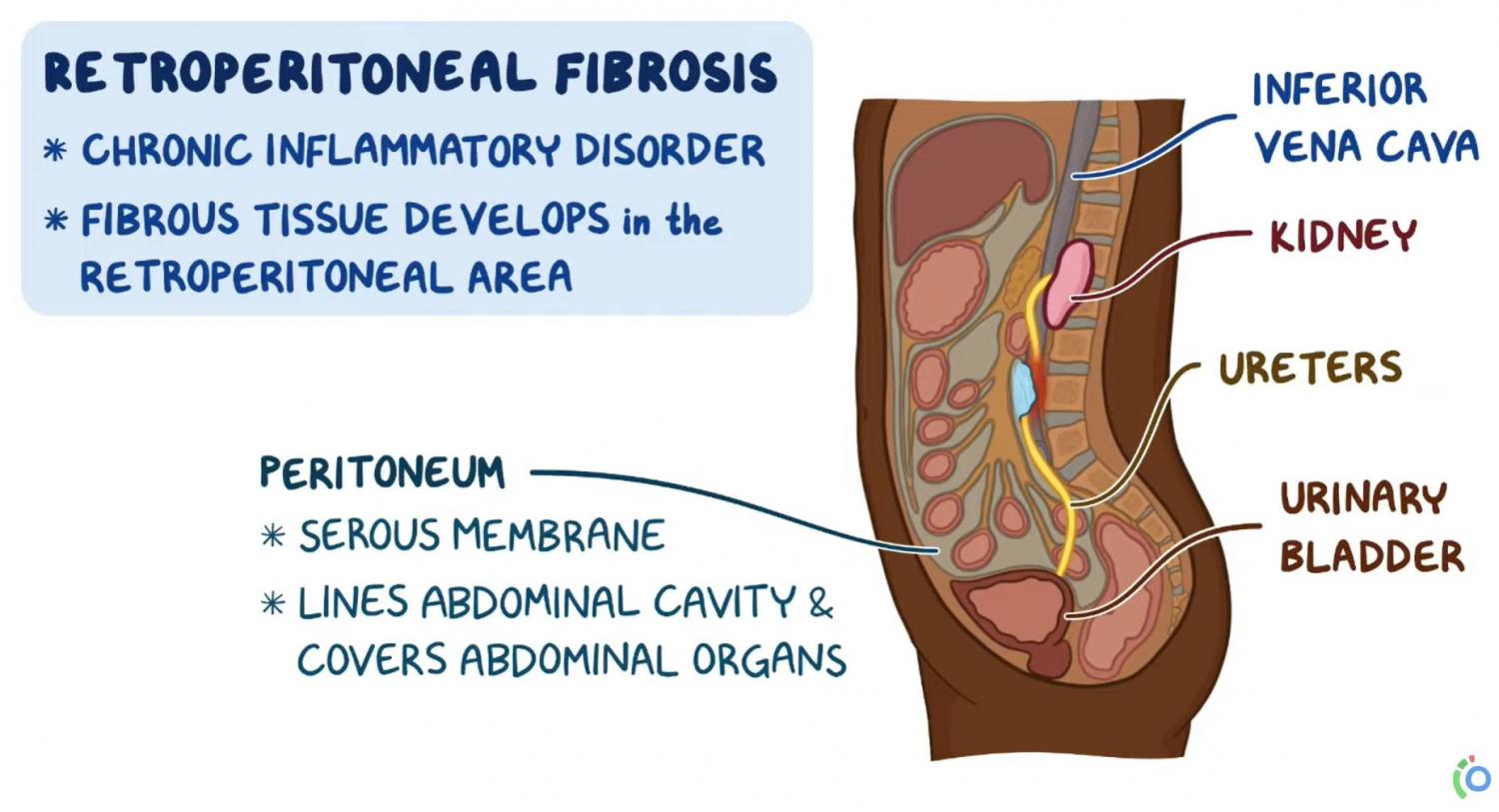
Rare Disease Education: Retroperitoneal Fibrosis
Editor: Kelsey LaFayette, DNP, RN, FNP-C
"When you hear hoofbeats, think of horses, not zebras,” is a common saying in medical education that means you should think of common conditions first, instead of rare ones, in making a diagnosis. “Rare” is a relative term though and about 7,000 rare, or "zebra," conditions affect more than 350 million individuals worldwide. Although these conditions collectively affect an enormous number of people, each of these conditions individually is rare enough that it can be difficult to secure the resources to study them and to develop treatments and cures. Likewise, awareness of rare conditions may be low and health care professionals may not be familiar with their signs and symptoms making it more difficult to reach a correct diagnosis and provide effective treatments.
To increase knowledge about rare conditions, Osmosis and the National Organization for Rare Diseases (NORD) have collaborated on an initiative to bring education and awareness to the public. We are excited to be a part of this initiative because we believe everyone deserves quality health care, no matter how rare their condition.
Zebra Highlight: Retroperitoneal Fibrosis
Have you ever had back pain? At any point in time, an estimated 557 million people globally have lower back pain. It’s so common; many attribute it to a long day’s work or lack of exercise. Yet, what if it could be more than that?
In Retroperitoneal Fibrosis, fiber-like tissue accumulates behind the peritoneum, the membrane that lines the abdominal cavity. Lower back pain that is dull, persistent, with no decrease at rest may be a manifestation of this rare inflammatory condition, especially when it progresses with additional systemic and local symptoms. The fibrous tissue growing can block the ureters and cause a backing up of urine, thus damaging the kidneys. It might also compress major veins in the area and cause a stagnation of blood in the lower limbs.
This Zebra affects males twice as many times as females and mostly occurs between the ages of 40 and 60. To make sense of retroperitoneal fibrosis, how it’s diagnosed, and how it is treated, watch the video below.
Meet Jack
In this episode of the Raise the Line podcast, host Shiv Gaglani, CEO of Osmosis.org, welcomes Dr. Maria Pfrommer and her husband Jack to share Jack's experience with retroperitoneal fibrosis.
Despite Maria's extensive clinical knowledge and experience as the Director of Nursing Education at Osmosis.org, she found herself unprepared to be confronted with the phrase "I don't know" from professionals who she considers the greatest medical minds when seeking answers about Jack's rare condition. Maria and Jack have had to fight an uphill battle to reach the diagnosis of retroperitoneal fibrosis and to deal with the subsequent cancer diagnosis. They tell their story with honesty and courage.
Educational Video:
More Information on Retroperitoneal Fibrosis
